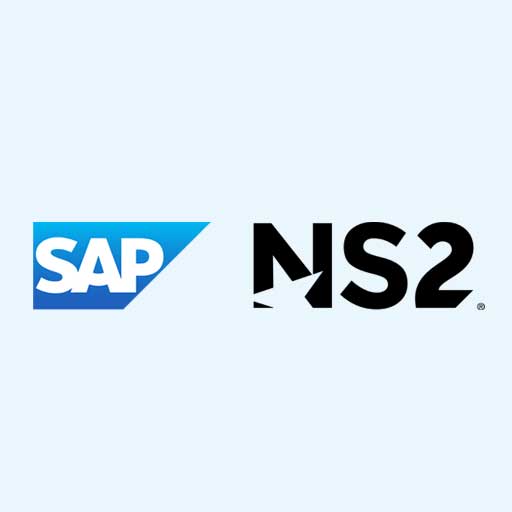A future conflict between the United States and a near peer adversary would be unlike any in recent memory. U.S. air superiority and freedom of navigation have characterized the U.S. military’s approach to warfare, but for the first time in a generation the United States is operating in an environment of contested logistics. Predefined supply nodes may fall within the range of hypersonic missiles, cargo shipping will face multiple threats, and strategic choke points like the Panama Canal are within range of key adversaries. Consequently, recent JADC2 exercises have focused on moves and countermoves related to information surrounding supply chain disruptions. Many of the world’s largest businesses conduct their own business planning exercises along similar lines—and many of them rely on SAP. The U.S. military should consider leveraging the same technology to improve its logistical OODA Loop.
The OODA Loop of decision making in logistics must be tightened to keep pace with the speed of battle.
Ironically, for all its devastation, the disruptions caused by COVID have given the U.S. military and our allies insight into points of fragility and resilience in their supply chains, as well as identified areas to tighten the OODA Loop of logistics. The global pandemic forced port closures, manufacturer shutdowns, and shipping disruptions, while also testing our relative reliance on domestic and foreign supply nodes, respectively. Companies gained similar insights. Those who invested in data-driven supply chain modeling also conducted “war gaming” to map “what if” business scenarios. Many of these global commercial companies relied on SAP Enterprise Resource Planning (ERP) software to generate the data needed to feed these war gaming scenarios and model the options available if a negative event occurred.
SAP customers collected various data sources—in various formats—to build a common data fabric. They understood what information was needed from their data catalog and integrated that into an AI/ML transactional system, allowing them to reduce their own competitive OODA Loop. The U.S. Military needs that same functionality to support Multi Domain Operations. An effective transactional capability with embedded AI/ML is needed to generate meaningful decision options and execute a predefined logistics plan. Doing this requires robust data sharing/access with governance, ingestion, and cataloging from the armed services, DLA, TRANSCOM, and our Allies. The more data that is made available will increase the number of decision options available for response.
SAP’s Defense and Security (D&S) solution can give that capability to Geographic Combatant Commanders (CCMDs). SAP’s D&S provides preplanning of logistics missions that are associated with every Commanders’ Op Plans. Being able to associate the logistics requirements to an Op Plan, to unit readiness, and to transportation options, all while tracking the financial costs, can reduce the OODA Loop with an AI/ML recommendation of action.
SAP NS2 understands the evolving challenges of contested logistics and Multi Domain Operations. With our proven commercial and defense solutions, and our understanding of the logistics data of our Allies, we can support the enablement of JADC2 and give our military the reaction speed needed for success. For a demonstration of this capability, please contact SAP NS2.


